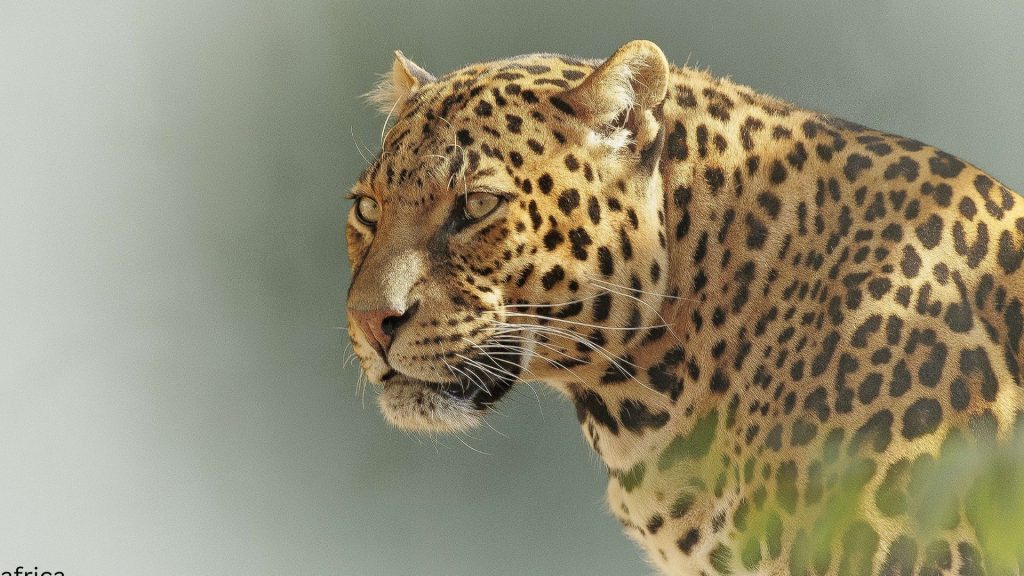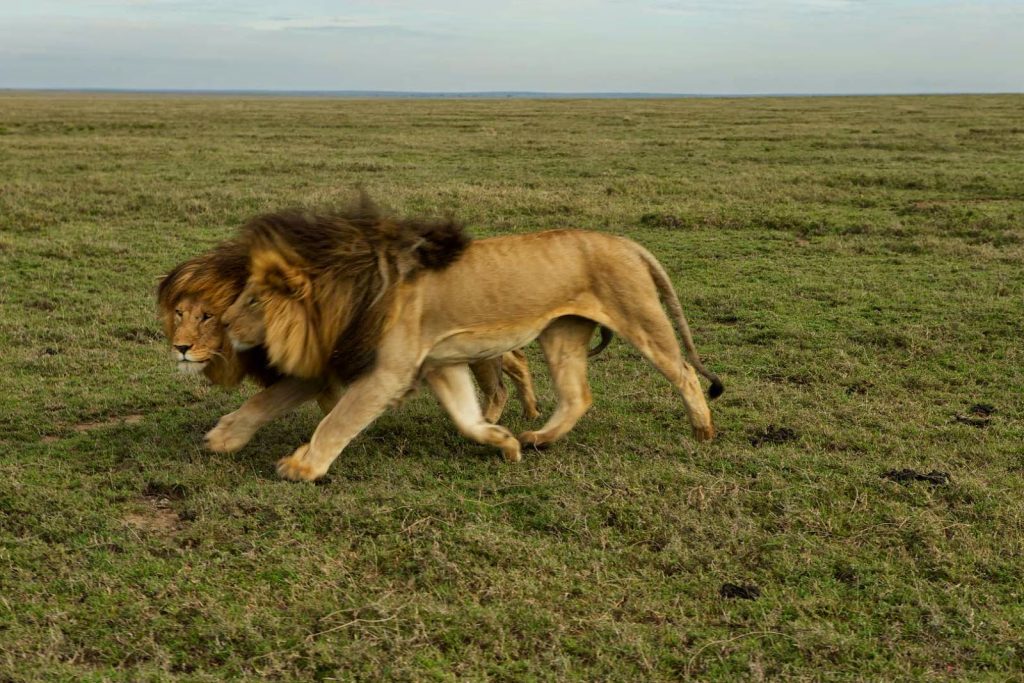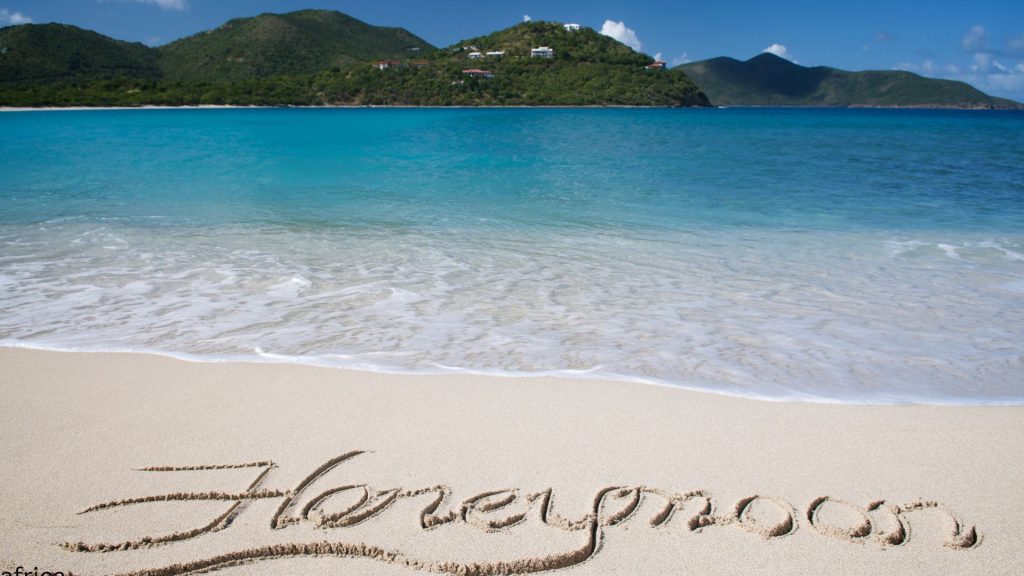Mkomazi National Park
Mkomazi National Park – “The Home Of Black Rhinos”
The Mkomazi National Park is located in the northern part of Tanzania, between Moshi and Tanga. The park finds itself in a beautiful setting with both the Pare and Usambara mountains towering above its boundaries. Depending on the weather, Mount Kilimanjaro can also be seen from the park.
The park covers over 3,234 square kilometres (323,400 ha), and is dominated by Acacia- Commiphora vegetation; it is contiguous with Kenya’s Tsavo West National Park. The area commonly called ‘Mkomazi’ is the union of two previous game reserves, the Umba Game Reserve in the east (in Lushoto District, Tanga Region) and the Mkomazi Game Reserve in the west (in Same District, Kilimanjaro Region); in government documents, they are sometimes called the Mkomazi-Umba Game Reserves. Of the two, Mkomazi is larger and has more diversity of relief and habitat and a longer shared border with Tsavo West National Park. In the rest of this entry, ‘Mkomazi’ will refer to both the Mkomazi and Umba reserves together.
In terms of Wildlife Mkomazi is the only national park in Tanzania where you can see all the rareantelope species of the Sahel Biosphere, the semi-arid zone stretching south from the Sahara Desert. These include the lesser kudu, the gerenuk, and the beisa oryx. Mkomazi’s wide open plains, bordered by the Pare and Usambara Mountains, offer the opportunity to view large herds of ungulates in this strikingly beautiful, vast landscape.
In terms of vegetation, Mkomazi marks the southern tip of the Sahel zone which resembles that of a dry, desert-like landscape. Due to the climate, the vegetation primarily consists of acacia-Commiphora woodlands, and towards the western mountains the vegetation changes to a dry land forest.
Also Mkomazi National Park is a fantastic destination for bird-watchers. More than 450 bird species have been recorded, including several northern dry-country specials such as Shelley’s starling and three-streaked tchagra. It is also the only place in Tanzania where you are likely to see the striking vulturine guineafowl. Large ground birds such as ostrich, Kori bustard, secretary bird and southern ground hornbill are all quite common on the grassy plains. Migratory species such as European roller are present from November to April.
Mkomazi National Park History
Like many national parks and game reserves, Mkomazi’s history is one of contest, with the main contenders being government conservation planners and local rural resources users. It differs from many other cases in East Africa because limited resource use within the reserve was initially permitted. When Mkomazi was first established a number of pastoral families from the Parakuyo ethnic group were allowed to continue to live there with a few thousand of their cattle, goats and
sheep. The (colonial) government of the time permitted them to reside there because they had been in the area for many years and were thought not to threaten the ecological integrity of the reserve.
The pastoralists were only allowed in the eastern half of the reserve. Immigrant Maasai pastoralists and families from other ethnic groups were evicted when the reserve was established. However, Mkomazi was soon subject to immigration by other herders, some of which was resisted by the Parakuyo residents, and some which was facilitated by them. What with resident stock breeding and immigrant stock joining the reserve, the first decades of Mkomazi’s history were dominated by rising cattle populations. Some 20,000 animals were counted in the eastern half of the reserve in the early 1960s. In the early 1970s pastoralists began living and grazing in the western half of the reserve and by the mid-1980s around 80,000 cattle were counted inside the reserve as a whole. There were probably thousands more using it intermittently. Many of the immigrants were Maasai, who are very closely related to the Parakuyo, speaking the same language and sharing many
customs. But local herders from other ethnic groups, such as the Sambaa and Pare, also grazed thousands of cattle inside Mkomazi.
The quantities of cattle within the reserve caused considerable concern for the environment and there was continual pressure to have them evicted. In the late 1980s the government resolved to cease all grazing permission within Mkomazi and evicted all herders. By July 1988 these evictions were complete. Evicted Maasai and Parakuyo pastoralists contested the legality of the evictions, claiming customary rights to the reserve in the Tanzanian courts, but lost their case. After the
evictions the British charity, the George Adamson Wildlife Preservation Trust and its American sister charity, the Tony Fitzjohn, George Adamson African Wildlife Preservation Trust became interested in Mkomazi, and have since been spearheading a campaign to restore the reserve. They have set up fenced sanctuaries for African wild dog and black rhinoceros, and are restoring the reserve’s infrastructure and supporting local communities with its outreach program.
The main source of water in Mkomazi National Park comes from the Umba River in the southeast. Apart from that, the park sees very little precipitation all year round making game drives along the river area worthwhile.
The most famous members of the Mkomazi natives are surely the African wild dogs and the endangered black rhinos that live in a private sanctuary. This park is also one of the best places to see large herds of oryx and gerenuks roaming freely in the open bushland. Other small and large mammals that call Mkomazi their home include lions, leopards, cheetahs, hyenas, jackals, elephants, buffaloes, hartebeests, giraffes, and warthogs.
A healthy population of 450 bird species is also found in the park and several species can be seen during a game drive. The most commonly seen species include go-away birds, ostriches, long-crested eagles, hoopoes, and bustards. Around the Umba River, sightings of kingfishes, flamingos, cormorants, plovers, ducks, and crocodiles basking on the banks are common.
Every day, thousands of people pass within a few kilometers of Mkomazi on one of Tanzania’s busiest highways. These and the northern circuit safari-goers are now most welcomed to discover the treasures of this wedge of hilly semi-arid savannah – home of large herds of giraffe, eland, hartebeest, zebra, buffalo, and elephant.
Mkomazi is a vital refuge for two highly endangered species, the charismatic black rhino and the sociable African wild dog, both of which were successfully reintroduced in the 1990s. Nomadic by nature, wild dogs might be seen almost anywhere in the park, however, the black rhino is restricted to a fenced sanctuary, ensuring their safekeeping for the enjoyment and prosperity of future generations.
Mkomazi supports several dry–country specialists species that are rare elsewhere in Tanzania; these include the spectacular fringe-eared oryx, with its long back–sweeping horns, and the handsome spiral-horned lesser kudu. Oddest of all is the gerenuk, a gazelle distinguished by its slender neck, bizarre alien-like head, and the habit of standing tall on its hind legs as it stretches for acacia leaves that other browsers cannot reach.
A game reserve since 1951, this new National Park takes its name from a word from Pare tribe denoting “scoop of water”, referring to little water. It is a fantastic destination for birdwatchers, with more than 450 avian species recorded, among them are the dry–country endemics such as the cobalt–chested vulturine guinea-fowl, other large ground birds such as ostrich, kori bustard, secretary bird, ground hornbill, and some migratory species including the Eurasian roller.
Location
Northern Tanzania split between Kilimanjaro and Tanga administrative regions. The park borders on the west of the Tsavo National Park in Kenya. The Zange entrance gate lies 112 km (69 miles) from Moshi, 550 km (341 miles) from Mwalimu J. K. Nyerere International Airport – Dar es Salaam, 142 km (88.7 miles) from Kilimanjaro International Airport, 120 km (75 miles) from Kilimanjaro National Park and 6 km (3.7 miles) from the town of Same.
How to get there
By air: Charter flights are available to Kisima Airstrip in the center of the park near the rhino
sanctuary.
By Road: The Park is 142km from Kilimanjaro International Airport, 202km from Arusha City and 550km from Julius Nyerere International Airport (JNIA). Zange entry gate is 6km from Same Town.
The Park is also easily accessible on special arrangement through Njiro, Kamakota and Umba Gates.
What to do at Mkomazi National Park
Game Drive
Wide ranging scenery, mind blowing beauty, a feeling of complete solitude brings in the anticipation of adventure During the drive one is able to see spectacular species such as fringe eared Oryx, Lesser Kudu and Gerenuk which rare elsewhere in Tanzania.
Walking Safari
It is not what you see! Its how you see it! Leaving your safari vehicle and taking a walk in this unspoilt nature with no sign of human intrusion leaves one with everlasting memories.
Hiking Hills
Mkomazi’s landscape is rich in hills which in hand makes it irresistible to be on top for great mind- blowing Views. Short hikes of up to 4hrs and longer hikes (above 4 hours) can be arranged. •
Bird Watching
Mkomazi is a fantastic destination for bird watchers. It has more than 450 bird species and it is the only place in Tanzania where you are likely to see the striking vulturine guinea fowl. Large ground birds such as ostrich, kori Bustard, Secretary bird and ground hornbill are all quite common on the grassy plains. Migratory birds such as European roller are also present from November to April. Don’t miss this rare chance by planning your trip to Mkomazi with kiwoito Africa Safaris .
Accommodation at Mkomazi National Park
There are comfortable cottages, permanent tented camp and a designated public and private camping sites. For those wishing to stay outside the park, there are hotels and guest houses in the nearby Same Town including; Babu’s Camp, Mkomazi Wilderness Retreat Camp, Elephant Motel, Mambo View Point Eco Lodge, Tanapa Zange Bandas.



